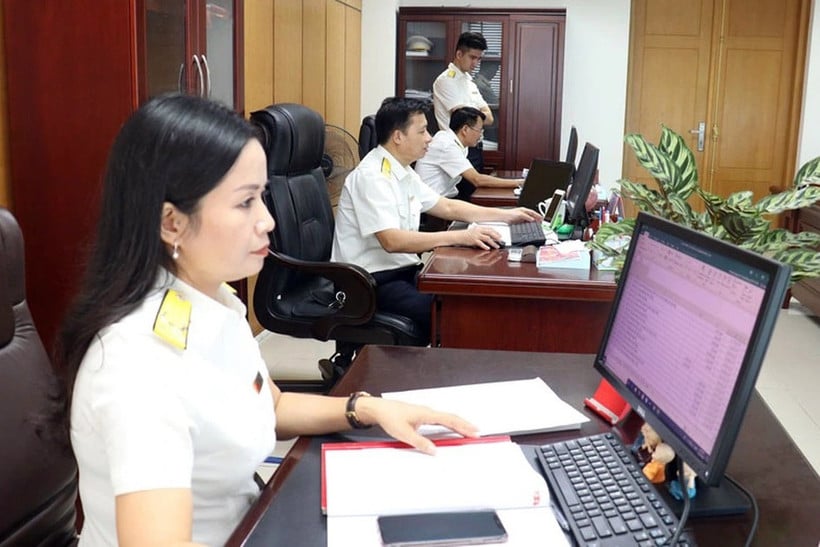
Ensure the transition process goes smoothly, collects the correct and sufficient amount of tax. At the same time, deploy technical and professional measures to support business households in complying with the new method without suddenly increasing their administrative burden.
With that goal, the Tax sector sets out many specific tasks. Accordingly, the sector will develop a tax management process for business households according to the declaration method: Based on the proposed management model, it is necessary to study and develop a business process applied internally within the tax agency for the management of business households after switching to the declaration method.
This process covers everything from tax registration, receiving periodic tax declarations from business households, monitoring tax accounting, checking tax declarations, to debt management and enforcement (if any).
The principle of building the process is to ensure consistency with the overall redesign of the Tax industry process, while taking into account the characteristics of business households (large quantity, small revenue).
It is expected that the new business household management process will be simpler than the normal business management process: for example, shortening the tax declaration approval step (because of applying risk management), integrating support steps into management, and applying management based on completely electronic records.
The process also clearly defines the responsibilities of each department: the business household support team, the Personal Tax Department for Business Households and Other Revenues are primarily responsible, coordinating with the information technology department, operations - budgeting - legal, administration - synthesis, inspection...

In addition, the Tax Department is researching separate tax management solutions for groups of households and individuals doing e-commerce business on e-commerce platforms with a very large number of transactions, the value of each order is often small, but the rate of refunds, cancellations and exchanges is high. The invoicing process in e-commerce cannot be done manually at the time of sale but must be linked to the order status on the system; at the same time, adjustment or replacement invoices are regularly generated to accurately reflect actual revenue.
If the same management method is applied to traditional households, it will lead to overload for both taxpayers and tax authorities, increase errors and reduce management efficiency. Therefore, it is necessary to come up with a separate tax management solution for e-commerce groups, including the following steps: collecting order data directly from the platform, checking with payment data from intermediaries and banks, checking with electronic invoice data so that the system can automatically generate a suggested declaration for taxpayers to confirm.
In addition, the solution to expand the tax base and collect correctly and fully the arising tax obligations is also implemented cautiously but measures to prevent revenue loss are quickly deployed to ensure that when switching to the declaration method, all revenue of business households is strictly managed.
Research and implement management solutions including: strengthening inspection and supervision of sales invoices of business households; comparing declared revenue of business households with data on purchased electronic invoices of business households, reviewing cash flow with key business households to detect cases of under-declaration; launching programs to encourage consumers to get invoices (such as "lucky invoices" with attractive prizes) to encourage business households to issue full invoices.
In addition, coordinate with local authorities to check and prevent missing households: do not let any household do business without registration or tax declaration.
In 2025, continue to review markets, shopping malls, online businesses... and put them under additional management (striving to increase the number of managed businesses by at least 10% compared to 2024). These tasks have been implemented according to the Project "Innovation to improve the quality of tax management for business households" issued with Decision No. 420/QD-TCT dated February 28, 2025 of the General Department of Taxation and have had positive results in strengthening management of business households and increasing state budget revenue from business households and individuals in the first 6 months of 2025. In particular, in coordination with the effective implementation of the Project on electronic invoices generated from cash registers: advise the People's Committee of the province/city to support initial funding for business households to buy computers and invoice printers; Diversify rewards for customers who get invoices (increase the number and value of prizes compared to the current "Lucky Invoice" program).
The goal is to create a clear change in the compliance of business households: all sales and service transactions have invoices, there is no more "hidden revenue" outside the books. At that time, the tax declaration of business households will reflect reality, ensuring correct and full collection.
In addition, the industry is actively revising and supplementing forms and developing professional training documents: To support the implementation of the new method, it is necessary to develop or amend a number of forms and documents. Specifically: forms, declarations, and schedules for business households to declare (as mentioned, amend form 01/CNKD in the direction of electronicization); tax exemption and reduction declaration forms (if there is a tax exemption and reduction policy for newly converted households or households in difficult areas, etc.); documents guiding the simple accounting regime for business households: developing a handbook for business households to record basic revenue and expenses to serve tax declaration, in accordance with the revised accounting circular; professional training documents for tax officials on managing business households to declare: a collection of processes, professional situations, instructions for checking and comparing business household revenue.
Review and classify business households, encourage business households to convert: Tax authorities need to evaluate and classify all business households currently paying lump-sum tax to plan appropriate conversion.
Based on tax management data to classify by business household size, in addition, a list of contract business households with revenue of over 1 billion VND/year (estimated at tens of thousands of households) is also created to mobilize and encourage voluntary conversion.
Currently, the Tax Department has reviewed the business households that meet the requirements for conversion to the declaration method and become enterprises. In the first 6 months of 2025, 13,699 business households have converted to declaration households and 1,474 business households have become enterprises. In July, 384 business households became enterprises.
For very small-scale households (revenue under 100 million/year) that are not subject to tax, simple management is still maintained, creating conditions for them to develop further. This classification helps tax authorities have a suitable conversion roadmap: prioritize large households to convert first, small households can do it step by step. During the conversion process, focus on providing maximum support to households subject to conversion: establish a Working Group to directly support in key areas to guide business households in preparing tax declarations, using software, invoices, etc.
According to the Tax Department, all of the above solutions aim at the ultimate goal: by January 1, 2026, the lump-sum tax mechanism will end, all business households with taxable revenue will self-declare and pay taxes according to actual revenue generated. The tax authority plays the role of guiding, supervising, and checking later - instead of setting the tax from the beginning like the lump-sum method. This is a modern, transparent tax management method, in line with international trends and the digital economy trend, digital transformation environment.
Source: https://nhandan.vn/hoan-thien-phuong-phap-quan-ly-thue-hien-dai-post916339.html










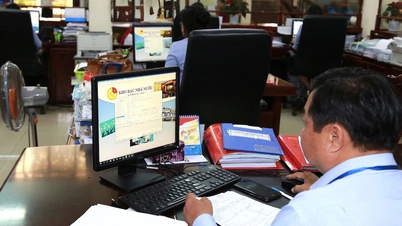












![[Video] 24-hour news on October 19, 2025: Prime Minister Pham Minh Chinh: "Can Tho is a regional center, must be a pioneer, not to be inferior to other provinces"](https://vphoto.vietnam.vn/thumb/402x226/vietnam/resource/IMAGE/2025/10/19/1760878898756_5640263e2da29926af7fb201c767e3e4-jpg.webp)
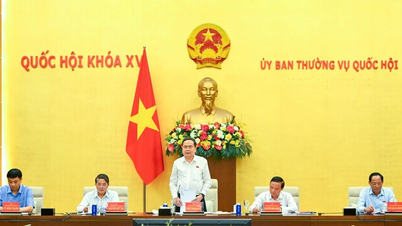
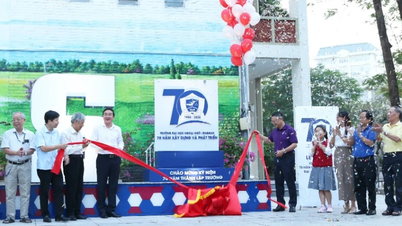






















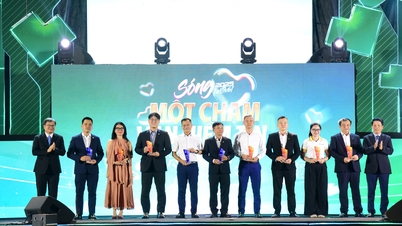













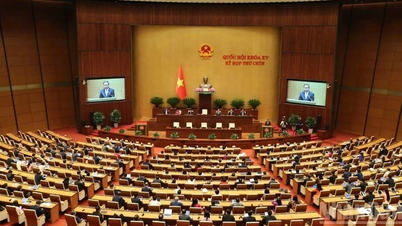
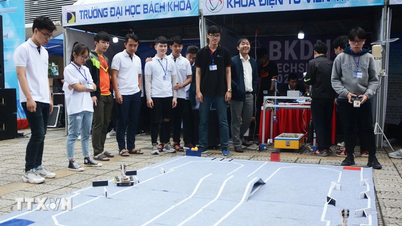















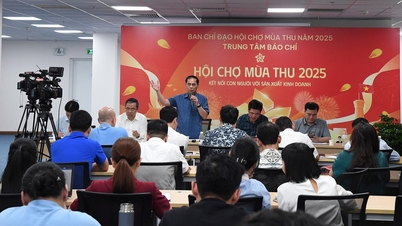

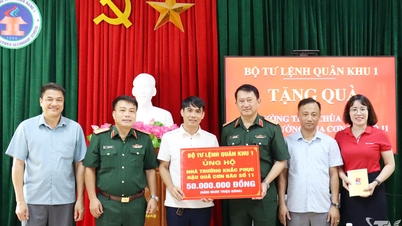

















Comment (0)